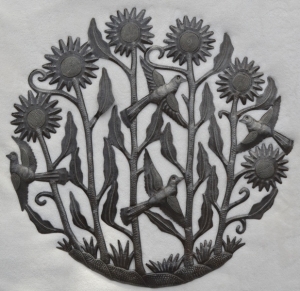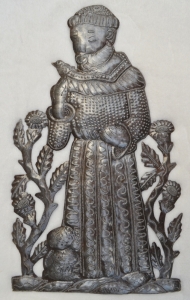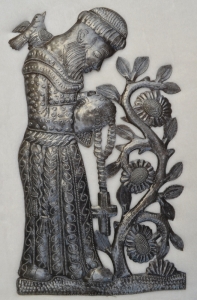Four Years Post-Quake: Signs of Progress
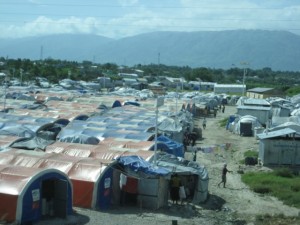
At the time of the 2010 earthquake, 1.4 million people were displaced and tent cities sprung up to provide temporary housing.
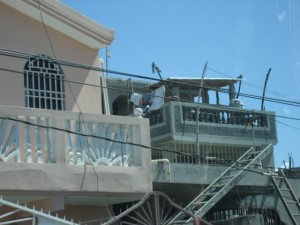
Rubble has been cleared and houses are being re-built, though 170,000 remain without permanent shelter.
(Condensed version of an article written by Caitlin Klevorik for the Huffington Post that appeared Jan. 22, 2014 entitled, “4 Years Later: Haiti’s Progress Not Always Visible To The Naked Eye”)
Sunday was the four year anniversary of the tragic Haiti earthquake that took the lives of hundreds of thousands, left so many more with serious injuries, and quite literally reduced much of the capitol city of Port-au-Prince to rubble. Thirty-five seconds was all it took.
So what has happened since the stories we saw four years ago of mind-boggling selflessness and unprecedented collaborations have faded? The work has continued and progress has been made, but it hasn’t always been easy to find. It’s hard to take an impactful photograph of slowly rising GDP, but it, and other encouraging indications can and should be noted.
The Haitian government and assisting nations have jointly determined that investing in long-term development is the only way to create lasting systems that will help Haiti on a path to prosperity — and ultimately put foreign assistance organizations out of business. Today, we are seeing results of the investments the U.S. and other nations, the private sector, and NGOs have made. Here are just a few: GDP grew by 4 percent; inflation fell from 8 percent to 4.5 percent; 180 miles of new roads built; 90 percent of displaced population have returned to safer homes; 97 percent of the more than 20 million cubic yards of rubble (enough to fill the Louisiana Superdome five times) has been cleared; seven new hospitals and 46 new health centers opened; crime is down substantially; school is now free; cholera cases cut in half; and opportunities continue to grow tourism.” (Linda interjecting here: In fact, public education has always been free, but children need to wear uniforms and bring in supplies in order to attend. These were requirements that parents often couldn’t afford before the earthquake and many still can’t today. I don’t see how we can count this as progress, though Martelly’s government is currently working on assistance for poor families to overcome this obstacle. Also, cholera cases have been cut in half, yes, but it was relief workers that brought cholera to Haiti in the first place. So while it is true that the problem is being overcome, it is a problem that wasn’t there before. Not trying to put a damp blanket on sparking optimism, just applying a little counterpoint.)
Realistically, Haiti still has a long way to go, just as it did before the earthquake. While more than 1.3 million people have moved out of camps, 170,000 remain. The country needs to continue to work to modernize business laws to attract private sector investment. Calls for calm by the many must be heard over the calls to violence by the few. And perhaps most importantly, Haiti needs the rest of the world to stay invested. We can do that first and foremost by listening to what the Haitians themselves have to say. And then dig further. Look for articles and interviews, such as this one with the Prime Minister and this piece from the World Bank. Then, share what you’ve learned. Stay engaged, starting right now.
Prime minister interview link: http://www.miamiherald.com/2014/01/11/3865391/lamothe-haiti-rebounding-from.html
World Bank article link: http://www.worldbank.org/en/news/feature/2014/01/06/after-the-reconstruction-haitians-look-forward-to-a-brighter-future
Contributed by Linda for Beyond Borders/It’s Cactus

![images[10]](https://blog.itscactus.com/wp-content/uploads/2014/01/images10.jpg)
